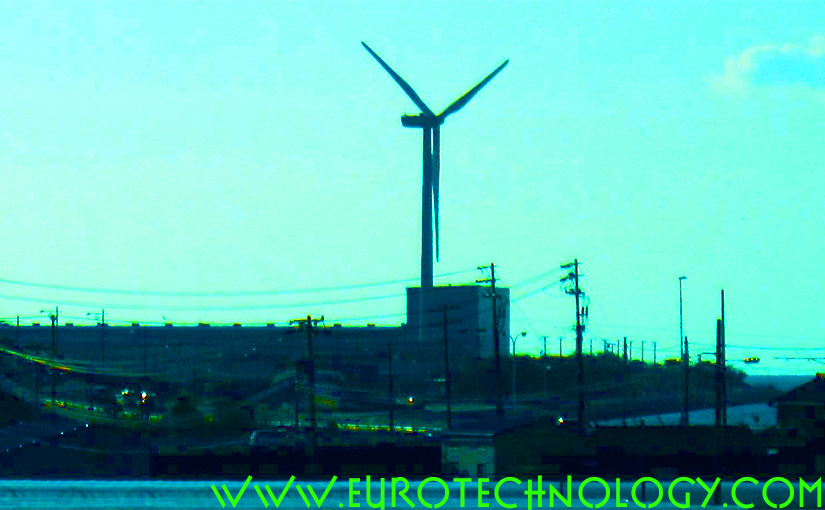Japan’s renewable energy generation is overwhelmingly water power
Japan to reverse decline of renewable energy. The ratio of renewable power generation has decreased from 25% of total electricity generation in 1970 to 10% today. Extremely aggressive feed-in tariffs (FIT) for renewable energy introduced in July 2012 are showing first modest results to reverse this trend – initially solar energy projects dominate FIT projects, since solar projects are fastest to build. Larger projects, such as off-shore wind power, or geo-thermal projects, take a very much longer time to plan and build – on the order of 10 years or longer. More below and in our report on “Renewable energy in Japan”.

Japan’s ratio of electricity generation from renewable resources has dropped from 25% to 10% over the period 1970-2012
Over the years, electricity generation from nuclear and thermal sources has grown much faster than from renewable sources in Japan. As a result, electricity generation from renewable resources has dropped from around 25% in 1970 to around 10% in 2012. In 2012, Japan’s Government and industry associations have announced aggressive plans to reverse this trend

Water power dominates renewable energy in Japan
This figure shows all electricity generation in Japan from renewable sources: Japan currently relies overwhelmingly on water power for renewable energy, which varies between 5% of total electricity in winter and around 12%-15% of total in summer, with an overall decrease since 2006. The figure shows that other renewable energy sources (wind, solar, geo-thermal and bio-mass) are still in the very early stages of development.
Renewable energy Japan- research report
Copyright 2013 Eurotechnology Japan KK All Rights Reserved

Comments and discussions